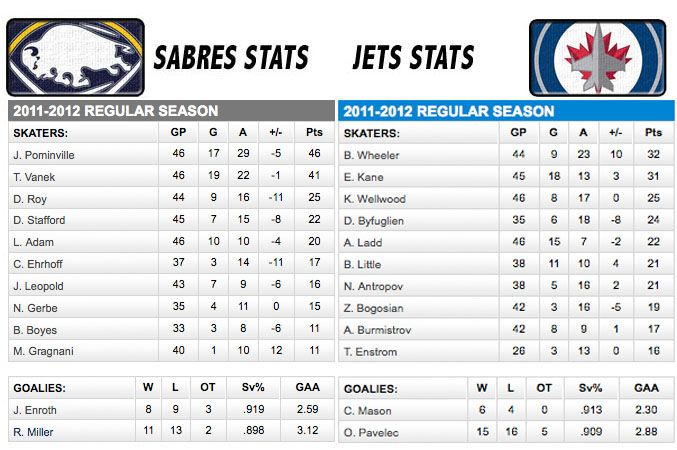There are a few types of baseball books. There are the historical chronicles that focus on individuals, events or teams and Terry Pluto is great at those. There are those that look into the statistical or physical side like those by the team at Baseball Prospectus. There are also books that are more like instructional manuals, actually teaching the way to play the game, usually written by former players or coaches. Then there is Game of Shadows, written by two writers for the San Francisco Chronicle, Lance Williams and Mark Fainaru-Wada.
Everyone has heard of the book that broke the BALCO story and outed Barry Bonds as a steroid user. While I don’t usually like to give away spoilers, for those interested, the other players outed for direct contact with BALCO, Victor Conte and Greg Anderson were Jason Giambi, Jeremy Giambi, Gary Sheffield, Benito Santiago, Bobby Estalella, Marvin Benard and Armando Rios. Others mentioned more anecdotally were Mark McGwire and Jose Canseco, both of whom have since come clean, admitting their steroid use.
I give those names because that isn’t why you should read this book. It’s been out for years and trying to find dirt on players who retired years ago (or a year ago in the case of Giambi) isn’t very exciting. This is a look deep inside the court case that was largely kept secret from the public, bringing many aspects of the case that were hidden out into the open. Included in this are the names listed above, but also a detailed time line from the time Bonds allegedly started doing steroids in 1999 through 2006 when both authors were threatened with a jail sentence for not giving up their secret source from the grand jury.
While much of the book is questionable, given that a lot of the information came from an ex-girlfriend of Bonds who would have reason to make him look bad, they made only direct statements of fact and did so without being successfully sued for libel by any of the athletes in question, Conte or Anderson. While this doesn’t necessarily mean the book is 100% accurate, it means it was close enough that the athletes didn’t want the evidence brought out into the public. Given the extensive source list and the amount of evidence referenced, there is little reason to question the people or the actions mentioned in the book.
Many people are vilified here with almost no one coming away clean. Even the investigators who initially started looking into BALCO have their lives scrutinized with Conte, the creator of the nutrition company being the primary target. While the authors play the moral police for everyone, it was still not enough to convince me personally that steroids are really that bad of a thing, particularly when used to rehab an injury (as Sheffield was) or in moderation.
The most useful part of Game of Shadows to me at least, was the in depth description of each of the different products, including the cream and the clear that were spoken about so much in the news a decade ago and their creator Patrick Arnold. Most likely because most of their evidence focused on Conte, little focus was on Arnold, who in my mind, should be more guilty than any of the players or distributors. If he didn’t create the product that could beat Olympic level steroid tests, then Conte couldn’t sell it, Anderson couldn’t distribute it and Bonds couldn’t use it. Arnold did ultimately get three months in prison, but that seems a lesser punishment than Bonds being essentially blacklisted from baseball, costing him millions.
Arnold is the most interesting person involved to me as he appears to be a genius and if he were in the medical field, he could have been legitimately successful for creating a drug that doesn’t need to be injected, increases muscle mass and speeds recovery time without raising testosterone levels. Instead, he chose the the amoral route, selling to body builders, track and field stars and professional athletes instead of those who could really use the drug.
One aspect the book doesn’t really get it into is steroid use outside of BALCO. While McGwire is mentioned, it is mostly to showcase Bonds’ motivation in starting his own PED use. That list of players above is nowhere near the amount of players who surely used performance enhancers during the early 2000’s, but BALCO was just the most egregious of offenders. It’s extremely probable that there are others like Arnold creating undetectable drugs all around the country and distributing them to this day.
Fainaru-Wada and Williams took on a tremendous amount of material just to cover BALCO and one can’t expect them to break open the whole underground world of steroids in the United States, but the book does show how easily they got away with it and for how long. More than ever, after reading this it seems there is a great probability of similar occurrences happening right now.
If you haven’t read this yet, it is still worth looking into. Especially after seeing how the way we look at steroids and other performance enhancing drugs (like human growth hormone) has changed in the proceeding years. This is likely the most accurate look at the underground world of steroids in sports and the government that tried to hide much of the evidence from the general public. The two writers have done a service for the country and it’s sports while risking everything and deserve to be commended to this day.
Add The Sports Daily to your Google News Feed!

